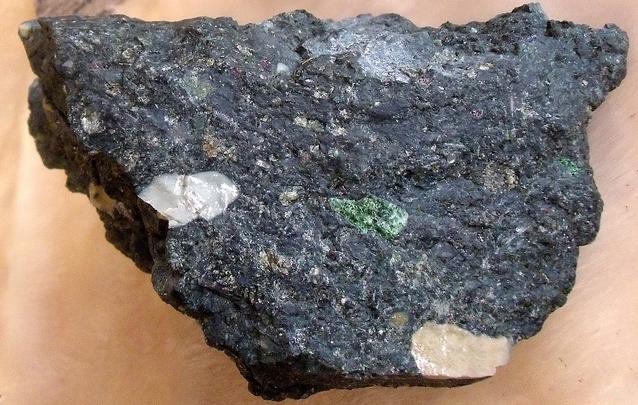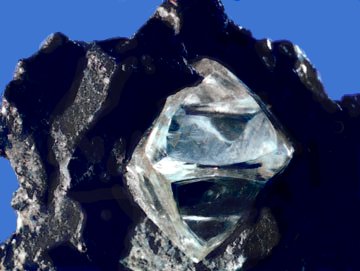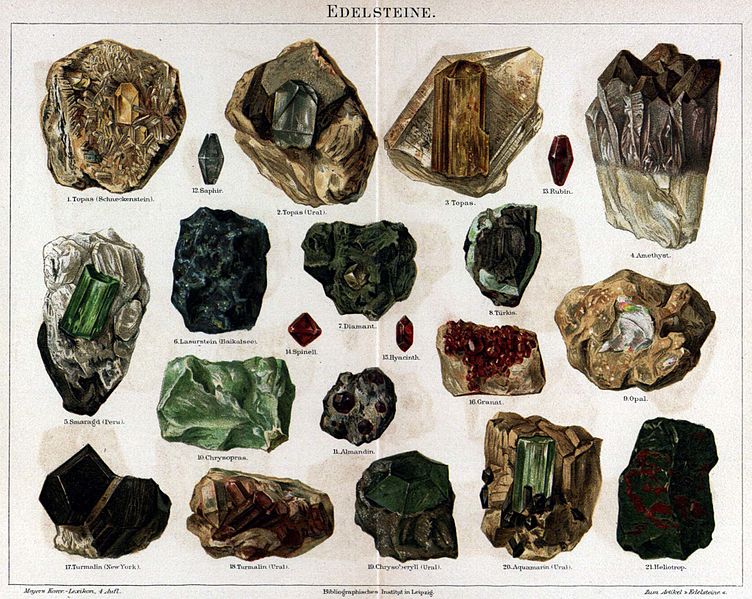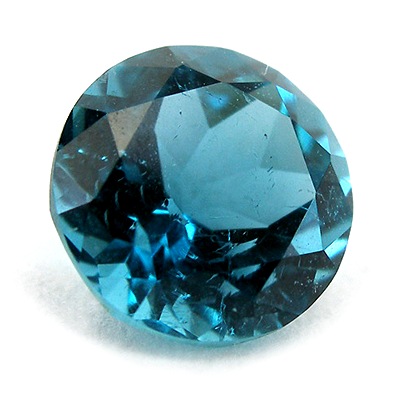Rubies are a red colored form of corundum a form of aluminum oxide with the chemical formula of Al2O3. This is the same mineral that produces sapphires that are found in blue and virtually every other color except red that color is reserved for the ruby only.
To be a ruby the mineral corundum has to be colored pink to blood-red where the color is caused by a minute quantity of the element chromium. The red color gives it its name “ruber” that is the Latin word for red making for an easy move to “ruby” in English. In the trade ruby is considered one of the four precious stones the others are diamond, emerald and diamond. Some people consider natural pearls to be the fifth precious stone although the owe their origin to natural processes produced by a living animal.
Hands down a good ruby exceeding 10 carets in weight is the most valuable of all gems. Like any other gem the prices for rubies are mainly determined by their color, so that the most valuable stones are those that are bright red the so-called pigeon blood-red that commands a huge premium price when compared with any rubies having a similar quality. The same as grading diamonds the next criteria for rubies is clarity where a clear stone will also command a premium. However, a ruby containing needle like inclusions of the mineral rutile will often produce a star on a ground specimen that commands a high price as a star ruby. Most rubies have been heat treated causing the rutile inclusions to vanish indicating that the stone has been treated. The final quality that can determine a rubies price is cut and its weight in carets. A recent price quoted for a ten caret pigeon blood-red stone was $24.000 per caret. This meant the stone had a wholesale value of $240,000.
Rubies are most often found in suture zones, a good example is the ruby deposits found in the Mogok Valley of Myanmar where the rubies are found in an altered limestone that when it was laid down received a clay containment that was rich in alumina. When the limestone was metamorphosed to marble the alumina that is aluminum oxide was converted into corundum. The addition of a small amount of chromium ions caused the corundum to produce rubies.
Rubies are often a component of marble a good example of this is the occasional ruby crystal found in Franklin , New Jersey
One of the necessary criteria for the formation of all rubies and sapphires it that they form in a rock that is starved of silica; sometimes these stones are found associated with deposits of ultramafic rocks that is the apparent association where many rubies have been found in the gravel of the Cowee River in Franklin, North Carolina.
This is a place where the general public is invited to find their own rubies by washing, and separating the rubies from gravel. Most of these stones are heavily contaminated with impurities, but many make some very fine gems. Occasionally a stone is discovered that rivals the best stones produced in Myanmar Madagascar Sri Lanka





